Ocean Week in Review – July 9, 2021: Extreme Heat in British Columbia Boils Mussels to Death, Post-COVID Ocean Conservation Becomes a UN Priority, World Conservation Congress: Targets Marine Plastic Pollution, and More
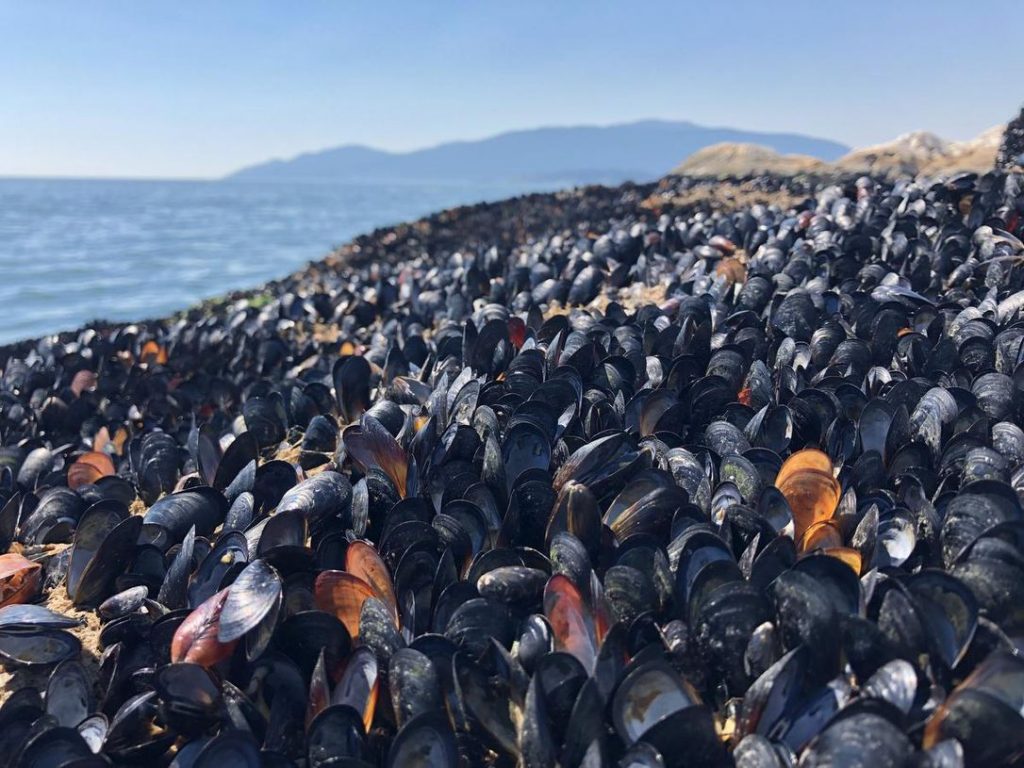
1. Extreme Heat in British Columbia Boils Mussels to Death
During the recent North American west coast heat wave, temperatures up to 40 C in Vancouver caused sea animals like mussels, clams, and snails to cook to their death. Marine biologist Chris Harley roughly estimates that a total of one billion animals died off the coast of Vancouver. “It’s a reminder that although there are very important human tolls to climate change, the whole system around us is changing too,” he says. Harley calls mussels the “poster child” indicator of the heat’s devastation to the sea, explaining that they were the most vulnerable when they died. They also play a role in water quality. There’s no immediate solution to the devastation of climate change, but Harley says there is one major thing to do in order to make our futures cooler, better and safer — reduce greenhouse gas emissions.
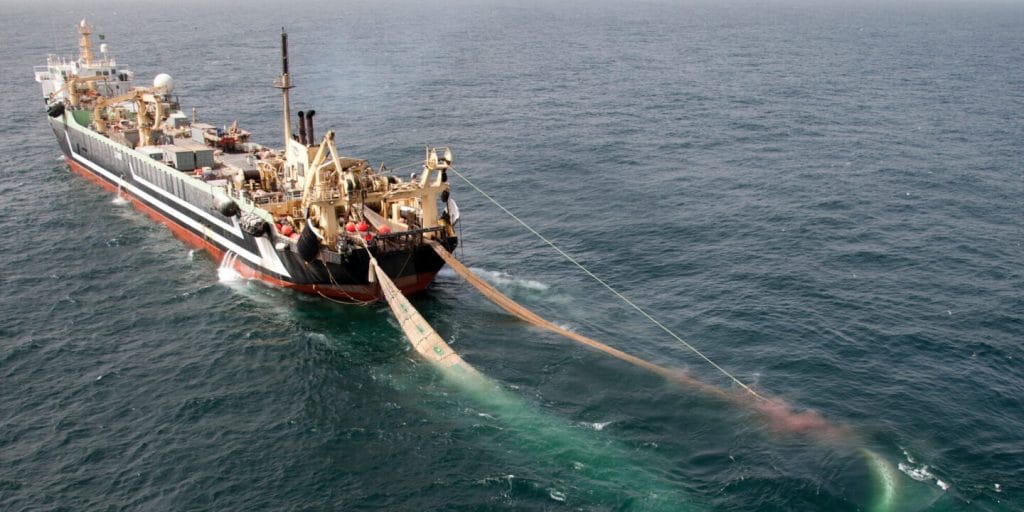
2. Post-COVID Ocean Conservation Becomes a UN Priority
The world cannot afford to further delay action to protect the ocean, governments and conservationists agreed this month at a series of United Nations conferences. They called for “transformative” and actionable solutions following delays and cancellations caused by last year’s pandemic. The UN’s Sustainable Development Goal 14 (SDG 14) lists targets to reduce pollution, protect marine ecosystems, tackle illegal fishing and overfishing, and oversee sustainable resource use. Only 8% of the ocean is currently protected, fish stocks are overexploited, and climate change is increasing ocean acidification and deoxygenation. This not only threatens marine biodiversity, but also the livelihoods of millions of people who rely on ocean resources. Leaders have called for a global plastic pollution treaty, a further expansion of marine protected areas, to make at least 30% of the oceans protected by 2030, and an end to harmful fishing subsidies.
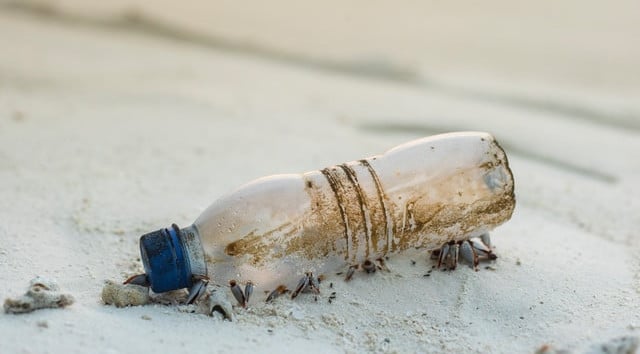
3. World Conservation Congress: Targets Marine Plastic Pollution
Plastic debris is estimated to kill more than a million seabirds, 100,000 marine mammals, and countless sea turtles every year. A resolution before the International Union for Conservation of Nature (IUCN) World Conservation Congress 2020 (postponed because of the pandemic) aims to stop the global plastic pollution crisis in marine environments by 2030. The resolution notes that global production is due to increase by 40% over the next 15 years, and that the world’s “predominant throwaway model” means that over 75% of the plastics ever produced are waste. The motion calls on the international community to reach a wide-ranging global agreement to combat marine plastic pollution. Activists welcome IUCN’s intervention on plastic waste pollution and the strong mandate a successful and unanimous motion can convey. But they also caution against taking too narrow an approach towards tackling marine pollution at the Congress.
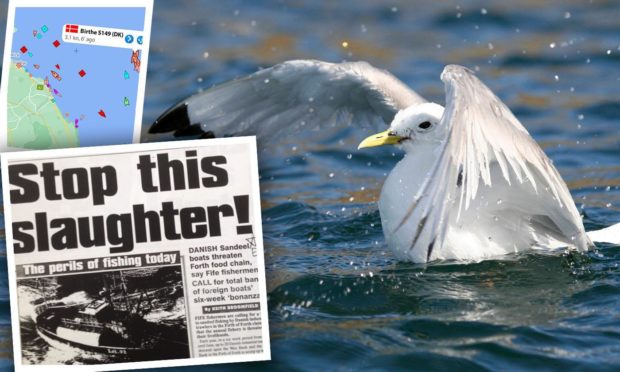
4. Fishing Boats Encroach into Scottish Waters
Fishing boats are operating in protected parts of Scottish seas, encroaching into the Turbot Bank Marine Protected Area (MPA) for the first time since its creation in 2014. MPAs ensure protection for some of the most vulnerable species and habitats in the country. The Turbot Bank MPA is an important breeding ground for sand eels, which can live buried in the underwater banks for months. There is a growing conflict about Danish and Swedish boats “hoovering up” sand eel off Scotland’s east coast, which has a damaging effect on rare seabird populations. Some have proposed closing the MPA to sand eel fishing, but these efforts stalled in the European Union (EU) Common Fisheries Policy processes. However, Scottish Ministers have the legal powers to restrict fishing activity for nature conservation purposes. The Scottish Government asserts that it does not support sand eel fishing in its waters.
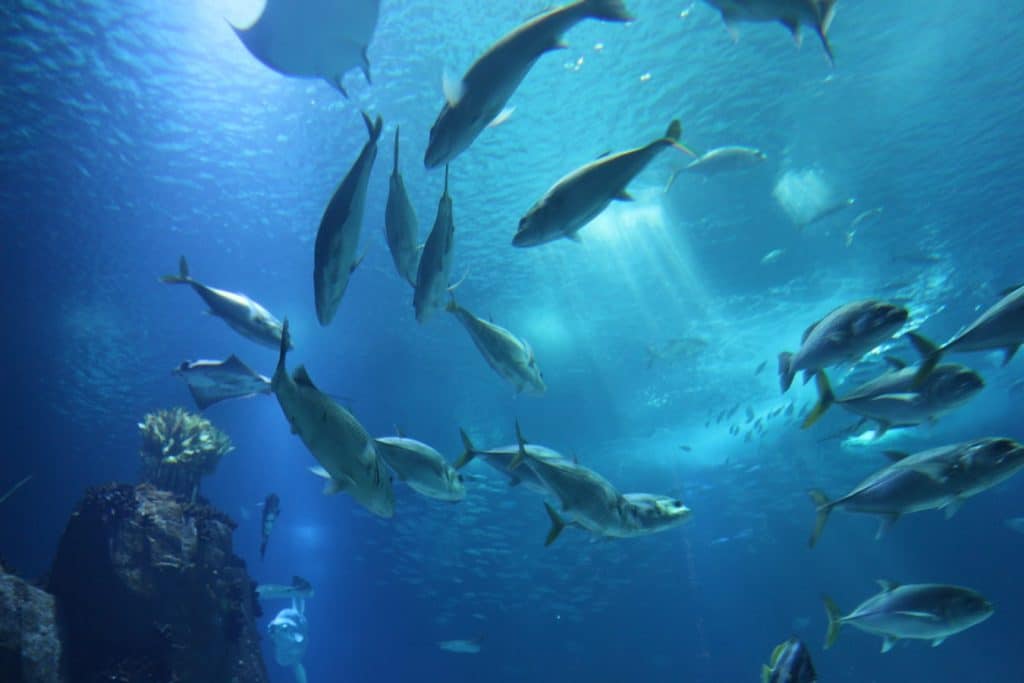
5. New Genetic Mapping Tools Augment Marine Protection
A new scientific paper presents a “geospatial genetics” approach to mapping genetic data so it can more readily support marine protection efforts. A more diverse gene pool promotes resilience to environmental disruptions, such as habitat loss and climate change. The paper explains how genetic data can be transformed into simple geospatial data layers using mapping software. These genetic maps can then be overlaid with or compared alongside other spatial data types (such as habitat maps) and used to support decision-making. To help bridge the gap between geneticists and policymakers, Natural Resources Defense Council worked with an international collaboration of scientists to develop the geospatial genetics approach, which informs the identification of Important Marine Mammal Areas. These areas can inform marine protection and spatial planning processes. The research demonstrates the importance of geneticist involvement in marine protection efforts.
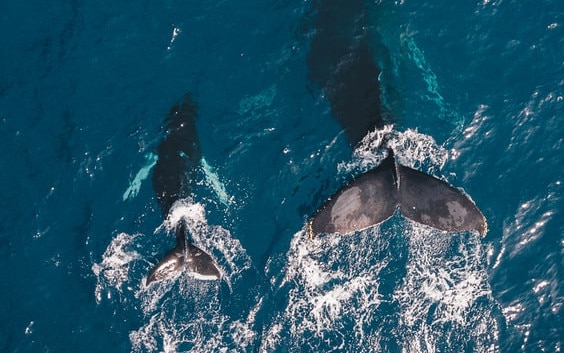
6. Blue Whale Pod Discovered – Should We Rethink Conservation Measures?
A recently discovered pod of blue whales has challenged thoughts on how marine conservation should be carried out globally. The whales, discovered in Sri Lanka, spent the majority of their time in warmer waters, not moving to colder waters to feed as many blue whales often do. Local scientists oversaw the team studying the whale pod and credited their success to their familiarity with the area. In a recent talk with Dr. Asha de Vos hosted by the New England Aquarium, she discussed the importance of local protective attention for coastlines. She noted, “70% of the coastlines are in the developing world, but representation at the global stage is disproportionate. If we aren’t being inclusive and equitable, we aren’t going to move the needle of the things that matter, the things that are integral to our very existence, and we will continue to fail.”
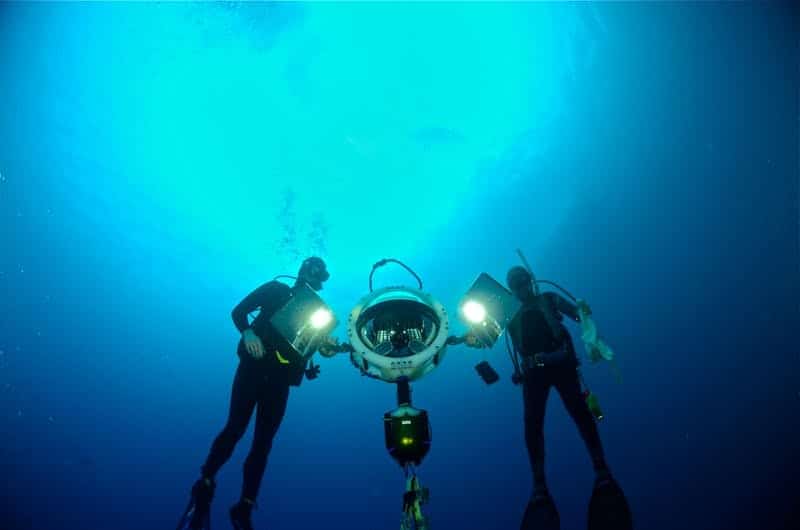
7. In the High Seas, Scientists Discover ‘Vortex’ of Life
Two underwater mountain chains in the international waters off Peru and Chile are teaming with life. A team of ocean experts, including Conservation International marine scientist Daniel Wagner, performed the first-ever comprehensive survey of the deep-sea species inhabiting both ends of the ridges, which stretch nearly 1,800 miles and reach depths exceeding 13,000 feet. The scientists identified more than 120 unique species, many of which are extremely fragile and live only in this remote region. The remoteness of the area has sheltered it from many human impacts, but two threats loom on the horizon: deep-sea mining and overfishing. According to Wagner, “To date, commercial fishing in the area has been limited and seabed mining exploration has not yet occurred. There is a rare window of opportunity to protect this biodiversity hotspot before any major damage is done. We must seize it.”

8. Legislation to Increase Marine Life Restoration Introduced
A California bill to expand critical coastal restoration work passed through the state’s Senate Natural Resources and Water Committee with unanimous support. AB 63 permits restoration in marine conservation areas, expanding opportunities for marine life restoration projects that reduce the effects of climate change and human impacts like oil spills and overfishing. “Restoration is a vital part of our strategy to mitigate the impacts of the climate crisis, but leading marine restoration experts have been stymied by a gap in our current law,” said Assemblywoman Cottie Petrie-Norris. “AB 63 will permit marine habitat restoration in currently restricted areas and protect the California coast.” By permitting restoration in marine conservation areas, the bill provides for the maintenance and enhancement of marine fisheries and habitats, increasing the health of communities, oceans, and the planet. It will be heard in the Senate Committee on Appropriations later this summer.
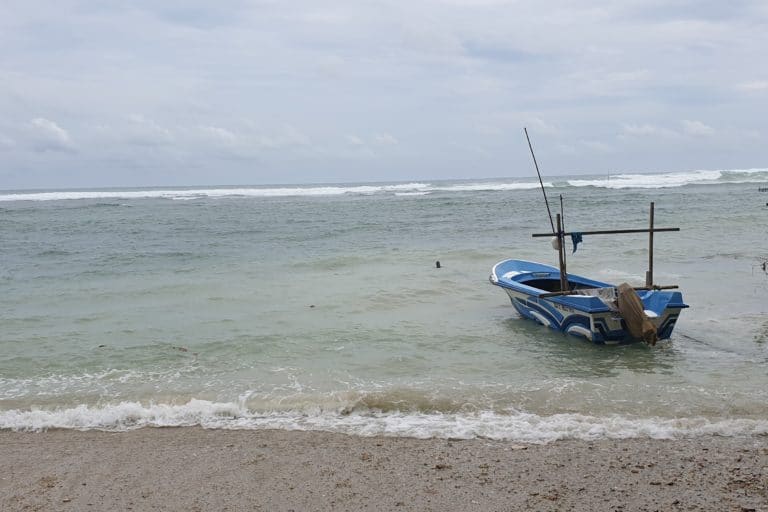
9. Sri Lanka – Could Ocean Conservation be an Economic Lifeline?
Authorities in Sri Lanka have called for a renewed focus on conserving the island’s rich coastal ecosystems, identifying the “blue economy” as key to the nation’s sustainable development. Coastal and marine ecosystems in Sri Lanka provide a variety of services vital to coastal communities and the environment. To protect these ecosystems while addressing national development needs, Sri Lanka could invest in a “blue economy” that focuses on economic growth that incorporates and protects the environment and ecosystem services. If the development of the coastal sector can be achieved in harmony with ecosystem growth and conservation, proponents say, this will enhance Sri Lanka’s capacities for climate change mitigation and adaptation, supporting the resilience of its population and its commitments under the Paris Agreement. Conservation and development do not have to be at odds, proponents argue.

10. Ireland Entertains Bill that Would Overhaul Ocean Protection Policy
The process of scaling up the designation of marine protected areas (MPAs) in Ireland to 30% of maritime area over the next decade begins in earnest this year. It will be the key mechanism to counter habitat loss and pollution, while also helping to address climate disruption. The move also protects coastal communities and ensures sustainable tourism, while also scaling up offshore wind energy in line with increased targets to halve Ireland’s carbon emissions by 2030. A radical overhaul of marine planning and conservation measures is imminent following an expert report on how to complete a coherent network of MPAs. Just 2.13% of the country’s total maritime area is protected, among the lowest in the world. The Minister of State for Heritage said the development of a coherent and effective network of MPAs is a strategic priority in helping to achieve our goals for nature.
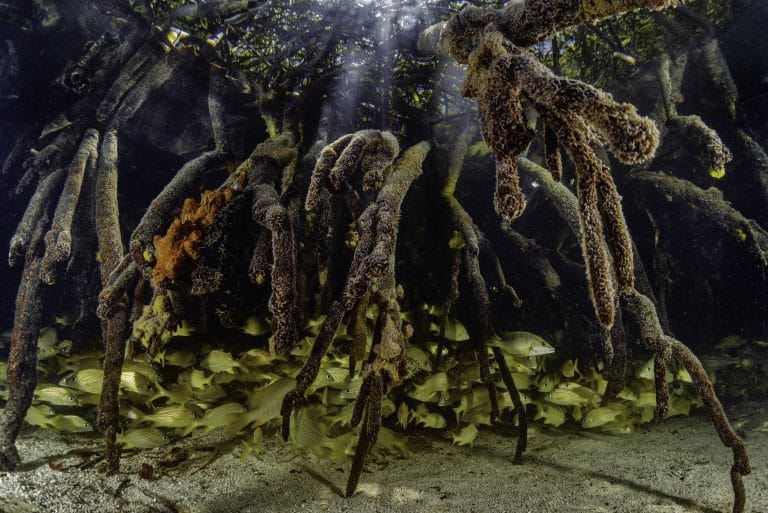
11. Mangrove Restoration Critical in Climate Change and Biodiversity Loss Battle
Mangroves may be the most neglected, threatened, and undervalued forest type, despite their crucial importance as climate allies and wildlife havens. Fauna & Flora International (FFI) views mangrove protection and restoration as integral to reverse biodiversity loss and combat climate change. FFI works with in-country partners to ensure that mangroves receive needed attention. In Honduras, FFI and its partners have established a mangrove monitoring program and aim to reforest an area of mangrove estimated to sequester an additional 3,000 tons of carbon. In Cambodia, FFI’s work focuses on establishing a national network of marine protected areas. In Indonesia, FFI works across many project sites to support and enhance coastal resilience. In East Africa, FFI has planted more than 35,000 mangrove seedlings since 2015. Mangroves are a living, photosynthesizing example of a nature-based solution to climate change and biodiversity loss.
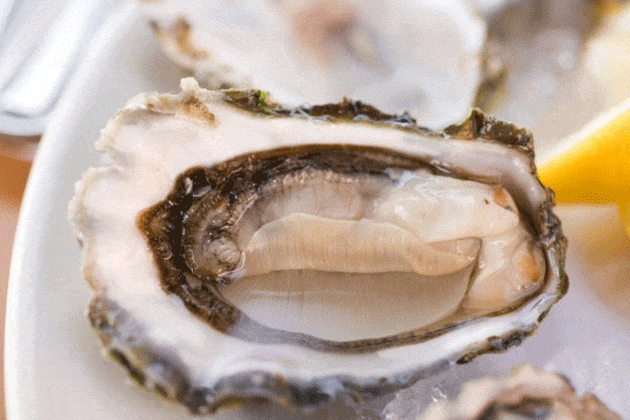
12. Conservation Aquaculture – Salvation for California Native Oysters?
A new study published in Plos One recommends locations and methods for the strategic expansion of conservation aquaculture to bring back Olympia oyster populations, both to local estuaries where they have most declined and into more local restaurants. The authors propose using aquaculture in these estuaries — seven of which are in California — in a win-win scenario that supports severely declined Olympia oyster populations, while also benefiting people, including local shellfish growers and tribal communities. Native oysters that are raised in a hatchery can be added to local estuaries to help boost numbers where populations have severely declined. The study thoroughly evaluates the risks and rewards of the method and recommends aquaculture only at 10 priority estuaries where using it is critical to restoring oyster populations, and where the benefits outweigh the risks.
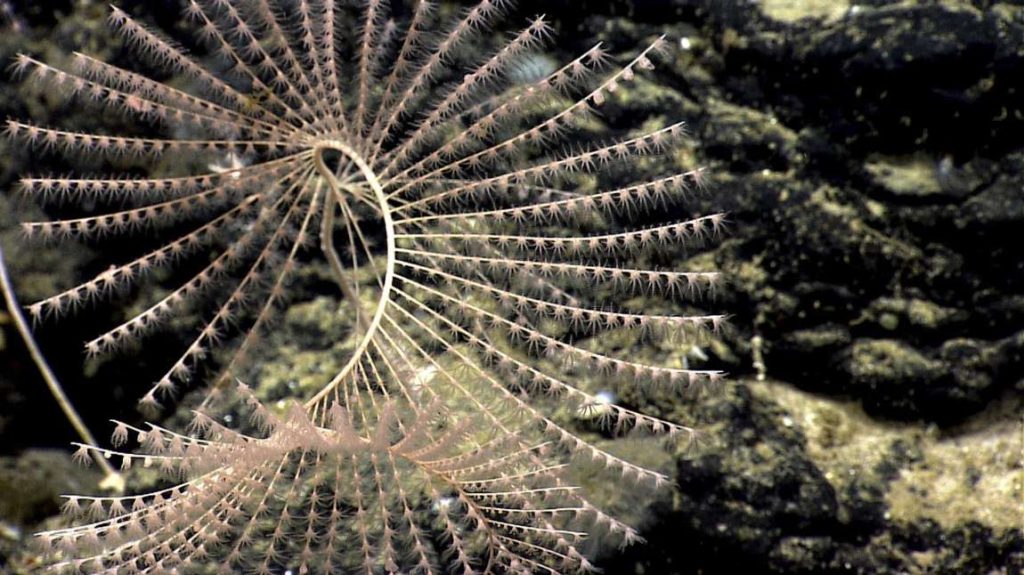
13. Opinion: President Biden Must Restore Protections for Northeast Canyons and Seamounts
Recent news reports indicate that the United States Interior Secretary has recommended the president fully restore protections for the Northeast Canyons and Seamounts Marine National Monument, protections removed by the previous administration. The monument is pristine, supporting fragile and ancient deep-sea corals, a large diversity of marine mammals, and threatened and endangered species. The president cannot wait any longer to restore protections. He campaigned and won on an ambitious climate and conservation agenda. He has reversed course from the prior era of denial and destruction and putting corporate interests first. We are back in the Paris Climate Agreement. We are committed to a national conservation goal of preserving 30% of our lands, waters, and ocean by 2030, based on science and local input. Now, the president has the chance to right another wrong and restore protections for the monument.
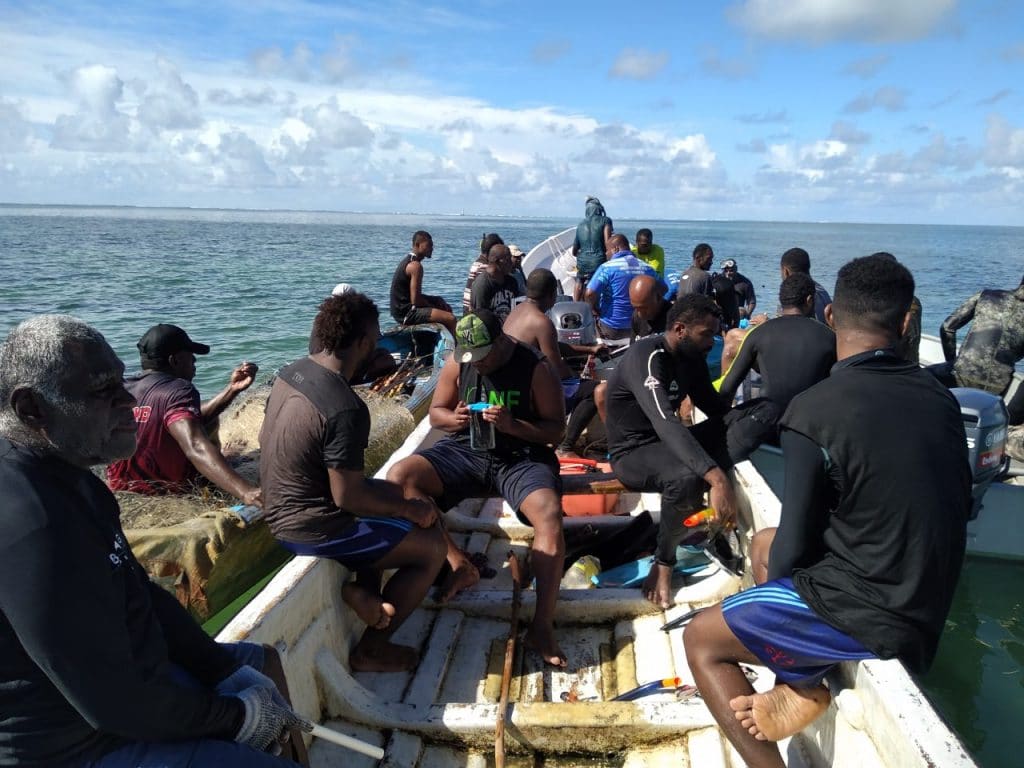
14. World Bank Report Examines Formalizing Marine Protection
The creation of marine protected areas (MPAs) may reduce household incomes from fishing, a World Bank report states, although MPAs could yield other benefits for local communities. The report looked at how promoting a sustainable protected area for tourism could benefit local economies. Few marine areas have been formally protected in Fiji. But, “even if formalization restricts resource use, and prevents local people from fishing, hunting, or harvesting plants, such restrictions may be offset in the medium term, as overharvested wild populations recover under formal protection,” the report says. Formalization of MPAs also gives governments the authority to work with local businesses to pursue environmental standards that may reduce the impact of tourism on fragile ecosystems. In Fiji, an MPA designated in 2014 seeded adjacent areas and resulted in larger catches by 2019, growing incomes and support for conservation, the report says.
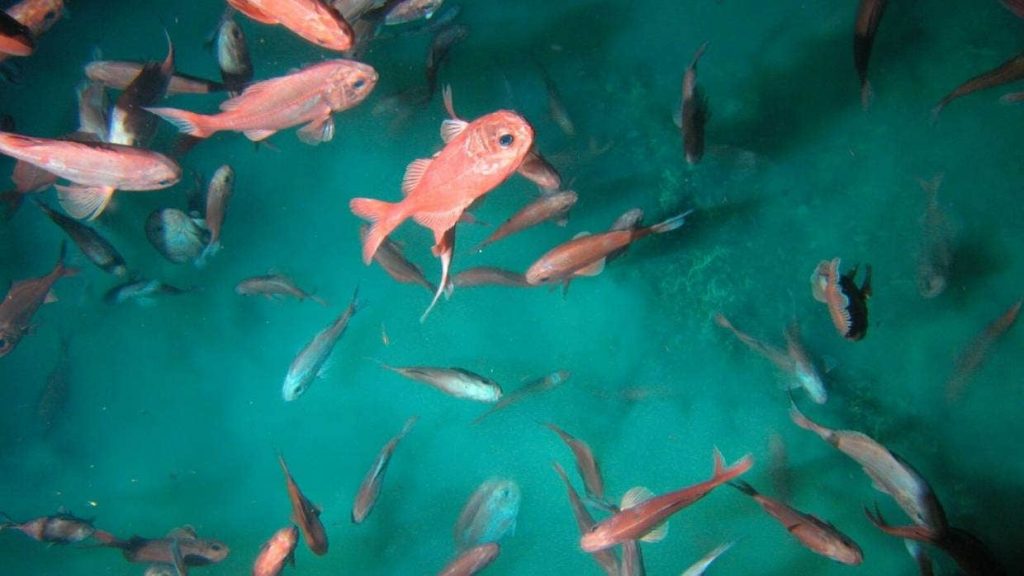
15. Conservationists Want New Zealand Deep Sea Trawlers To Leave Australia
Conservationists are calling out New Zealand’s bottom trawling fleet for operating the “most destructive fishery” in Australia as New Zealand vessels trawl for orange roughy off the Tasmanian coast. The Australian Marine Conservation Society (AMCS) has criticized its government for allowing New Zealand fishing companies to trawl the crests of underwater mountains, seriously damaging deep-sea coral reefs. The trawlers recently crossed the Tasman Sea for orange roughy season. AMCS sustainable seafood manager Adrian Meder said deepwater trawlers caught orange roughy as they gathered to breed over the crests of underwater mountains, or seamounts. The seamounts host ancient, extraordinarily vulnerable coral reefs and footage collected from the Tasman shows corals have been damaged on almost every seamount that was bottom trawled for orange roughy, he said. AMCS has reported deep-sea trawling is probably the most destructive fishery still allowed to operate in Australia.
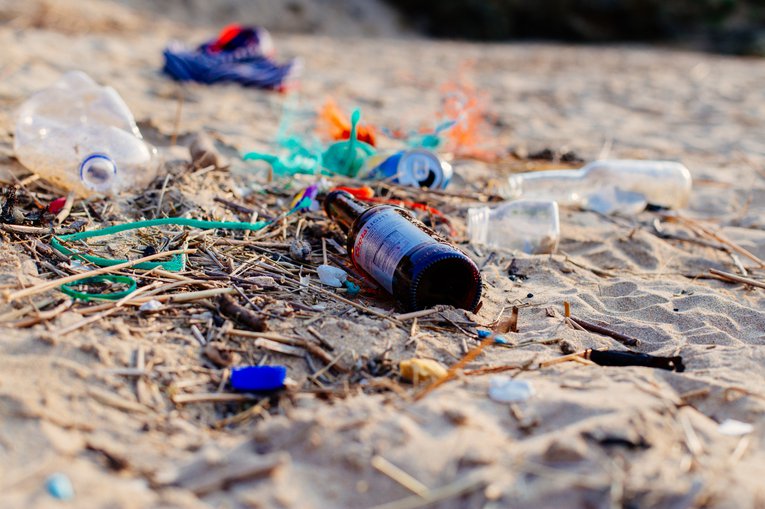
16. Scotland will Soon Launch Deposit/Return Policy for Bottles and Cans
1,085 cans and bottles were brought to the Scottish Parliament to mark the one-year countdown to the launch of Scotland’s deposit return scheme. 1,085 cans and bottles are the amount of litter the system will eliminate every day, per a member of the Scottish Parliament, once it comes into effect next year. Bottle litter negatively impacts wildlife, business, and everyone’s enjoyment of the coastline. As of July next year, consumers will pay a 20p deposit on top of the price of a drink, which is then refunded when the bottle or can is returned for recycling. The scheme will include PET plastic bottles, glass bottles, and steel/aluminum drinks cans. The Scottish Government aims to have a 90% return rate within the first three years, making a huge difference to the amount of litter ending up in our seas.

17. United Nations SDG Report Ranks Australia Last in Conservation
A new report has ranked Australia last for climate action out of the 193 member states of the United Nations (UN). The latest edition of the annual Sustainable Development Report, produced by the UN-backed Sustainable Development Solutions Network, assessed countries’ performance. Under Sustainable Development Goal 13, Climate Action, it assessed progress towards adopting affordable and clean energy and climate action goals. Australia had the worst performance due to its fossil fuel use and exports, and the lack of effective carbon pricing. The Australian Marine Conservation Society said the report findings should be a reality check for the Australian government, which is currently lobbying the World Heritage Committee not to place the Great Barrier Reef on the World Heritage In Danger list. Conservationists have recommended the government focus more on emissions reduction and renewables and less on disputing the reef’s status.
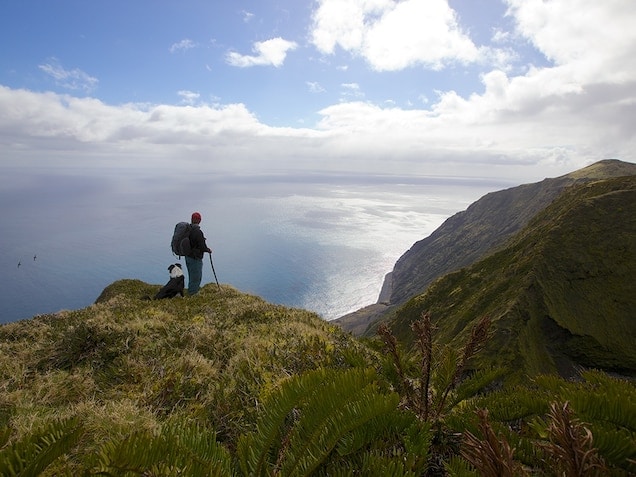
18. Protecting the Most Remote Inhabited Island on the Planet
The community of Tristan da Cunha, located in the south Atlantic Ocean, has created an endowment to develop and sustain a marine protected area (MPA) in the waters surrounding the archipelago. The resulting zone encompasses an area three times the size of the United Kingdom (UK), creating the largest no-take area in the Atlantic Ocean and the world’s fourth largest marine reserve. It will safeguard a number of the world’s most important seabird breeding sites. The project represents a significant milestone in the UK government’s marine conservation commitments. Its launch at the end of 2020 marked the fulfilment of the country’s Blue Belt commitment to preserve the biodiversity of its Overseas Territories, as well as a key achievement in the campaign to preserve 30% of the world’s ocean in designated marine protected areas by 2030.
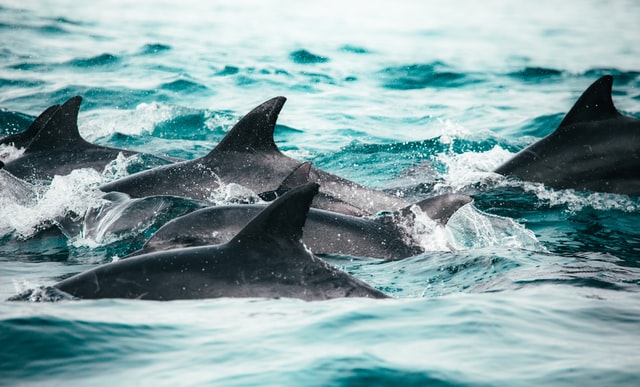
19. Contaminants: Conservation Threat to Marine Mammals
Many high trophic-level marine mammals accumulate high levels of certain contaminants in their bodies, and a variety of contaminant-related health effects have been reported in populations around the world. Contaminants are one of the top threats to over 80% of the marine mammal populations globally. Novel approaches that allow for the minimally invasive collection of samples (e.g., fecal) from marine animals help us study the effects of contaminants, and the development of new laboratory techniques allows researchers to assess contaminant-related impacts at different levels of biological organization. Despite these advances, there is much to be learned about contaminant-mediated effects in marine mammals at both the individual and population levels. We need long-term monitoring programs that use multidisciplinary approaches to assess regional contaminant trends and effects in marine mammals in the context of other environmental stressors, including climate change.
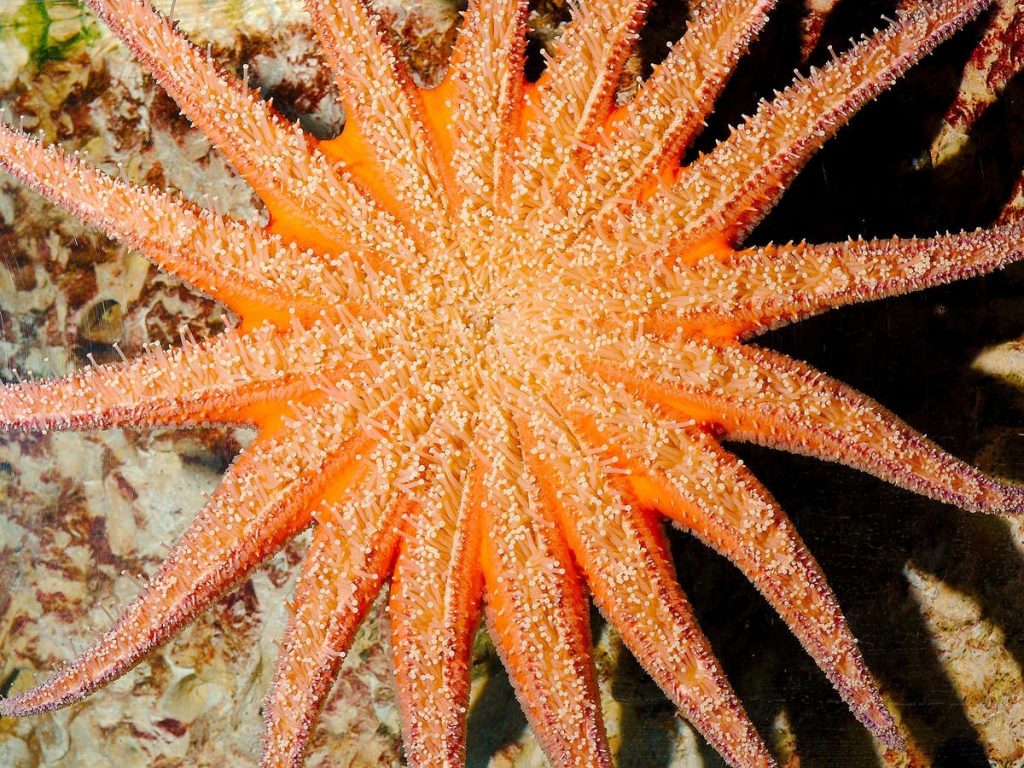
20. Sea Star Species Joins Critically Endangered List
The iconic sunflower sea star has been listed as critically endangered by the International Union for Conservation of Nature following a population study. The sunflower sea star helps maintain kelp forests, and thus sustain marine life, from Alaska to Baja, California. Populations of the sunflower sea star suffered dramatic crashes because of a 2013 marine wildlife epidemic event. Scientists calculated a 90.6% decline in the population and estimated that as many as 5.75 billion animals died from the wasting disease. Moreover, the research showed no population recovery since the outbreak. Sunflower sea stars are a key predator of purple sea urchins, and the decline has helped fuel an explosion in the urchin population, hurting kelp forests already facing pressure from marine heatwave events. The future is uncertain for ecosystems that provide habitat for thousands of marine animals and help support coastal economies.
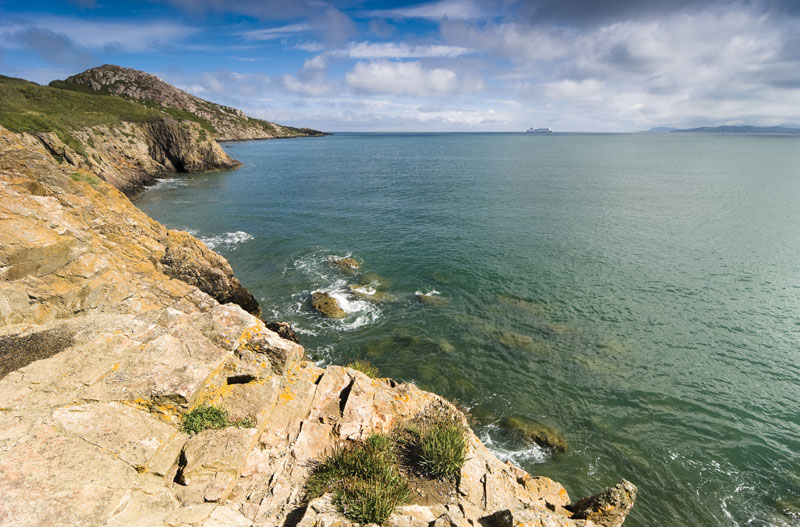
21. Study Examines Equitable Management of Marine Protected Areas in Irish Sea
Equitable (i.e., fair and inclusive) conservation is vital to ensuring the effective protection of natural resources while maintaining human well-being. A new study looks at equitable governance and management of protected areas in the Irish Sea. Three marine protected areas (MPAs) in Great Britain, Northern Ireland, and the Republic of Ireland were selected in one of the first studies to assess equity across multiple stakeholder groups in MPAs. Researchers evaluated how different stakeholder groups perceive their protected area’s management and how included they feel in decision-making. The results of this study reveal a lack of communication between MPA authorities and local stakeholders. They highlight the need for co-management in the form of inclusive partnerships as an alternative to the current top-down governance approach favored in the United Kingdom and Ireland.
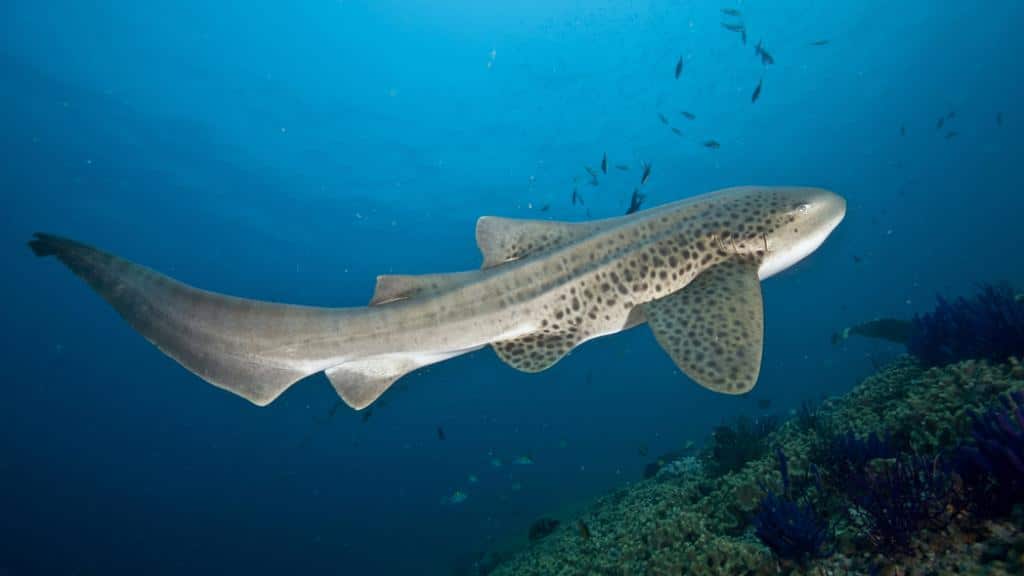
22. Arab Sustainable Development Report Notes Lags in, SDG 14, “Life Below Water”
Achieving sustainable development in the Arab region faces structural barriers shared among the 22 Arab countries, despite variations in income level, natural resources, and demographic profiles. The 2020 report charts the regional trajectory for achieving the 2030 Agenda and analyzes where the region stands on the 17 Sustainable Development Goals (SDGs). Regarding SDG 14, the report states that marine areas surrounding the Arab region are under threat from ocean warming, acidification, and marine pollution. A growing proportion of marine areas have reached biologically unsustainable levels of overfishing and illegal fishing. These changes threaten the health, well-being, and prosperity of people across the region and for generations to come. More informed, coherent, and effective policies are needed to establish marine protected areas and to enhance data as well as institutional and technical capacities to effectively monitor, enforce, and sustainably manage marine resources.

23. Rolling Stone Recommends Reef-Safe Sunscreens, UV Protection
According to research, reefs are being killed in part by sunscreen. “Sunscreen pollution poses a threat to coral reefs and aquatic life. It’s also a major factor in decreased water quality,” says Craig Downs of Haereticus Environmental Laboratory. Downs recommends exchanging lotions for protective clothing like hats, rash guards, and swim leggings that have broad-spectrum UV protection, as there is no 100% reef-safe sunscreen. “There are some calculations that [estimate] wearing a sun shirt instead of putting sunscreen on your torso/arms can reduce sunscreen pollution by more than 50% in an area. That is a major conservation victory.” He says if you’re going to use sunscreen, at least make sure it doesn’t contain the worst toxic offenders, oxybenzone and octinoxate, and avoid sprays, since much lands on the sand, affecting land animals and the ocean as the high tide sweeps it into the sea.
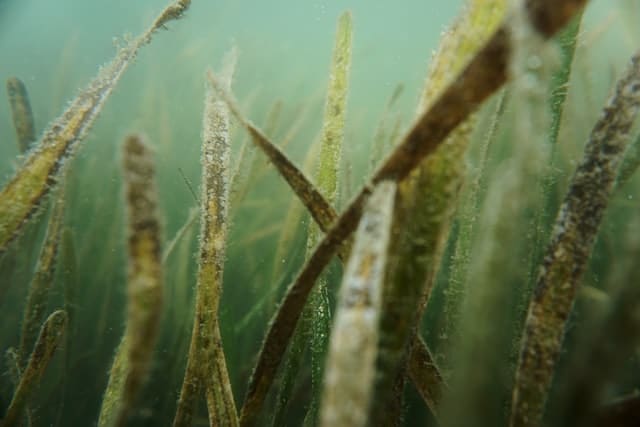
24. Location, not Method, Determines Success of Vital Seagrass Restoration
Eelgrass plays a vital role in marine habitats, but it is quickly disappearing along the West Coast of the United States. A new study found that to restore seagrasses, it’s more important to think about ‘where’ rather than ‘how.’ The report analyzed 51 eelgrass restoration projects, including 14 in Washington state. Kathryn Beheshti, a co-author of the report, said, “The method, while important, is not the most important factor in predicting whether a restoration project will succeed; it’s much more dependent on the environment and the site-specific conditions of a project.” Researchers found about 30% of the world’s eelgrass has disappeared since the 1870s. Beheshti said the major causes of eelgrass decline are development and runoff pollution. Eelgrass is found near shore and is considered a foundation species for ecosystems. It also may be good at removing carbon from seawater and storing it.
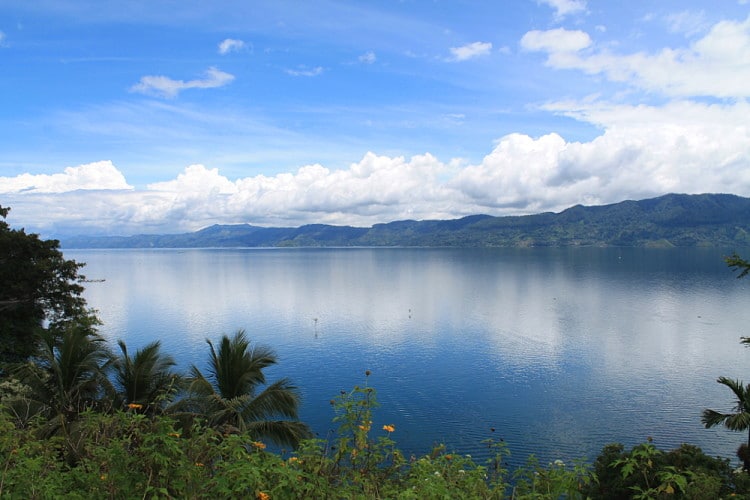
25. Analysis: Southeast Asian Nations Missing from Push to Protect 30% of Planet
A global push to protect about a third of the planet’s land and oceans by 2030 will fall short unless biodiversity-rich Southeast Asian nations endorse the proposal, environmentalists have warned. Leaders of the G7 wealthy nations have backed a coalition of about 60 countries that have promised to conserve 30% of their land and oceans by 2030 to curb climate change and biodiversity loss. Cambodia is the only Southeast Asian nation to have joined so far, although it has been endorsed by countries in other parts of Asia-Pacific, including Japan, Pakistan, and the Maldives. Southeast Asian countries cover just 3% of the globe but are home to three of the world’s 17 “megadiverse” countries. The region is also home to about 18% of the world’s endangered species. Concerns like a rise in coronavirus cases and unclear economic benefits in conservation may be preventing nations’ commitment.
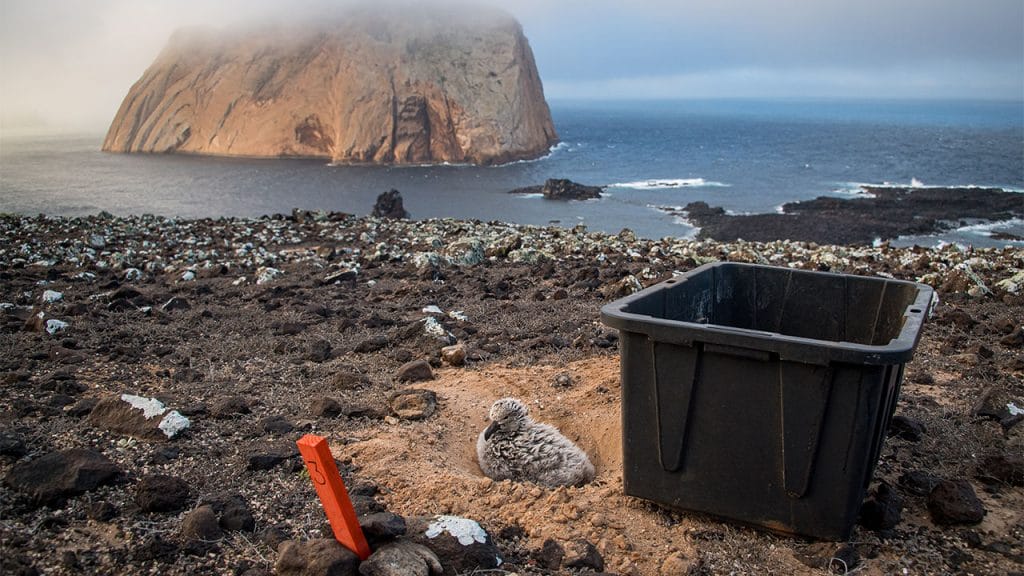
26. Scientists Fly Albatross Chicks to New Island Home: Midway Island
A project of the United States and Mexico aims to keep albatrosses safe from the rising sea levels that threaten their survival by moving black-footed albatross chicks and eggs from Midway Atoll to higher ground. Translocations are not first-line interventions for saving species, but sometimes, they are the only option. The albatrosses were moved to Guadalupe Island off Mexico’s Baja Peninsula, where the species once nested. After arriving on the island, the eggs and chicks met their foster parents, experienced Laysan albatross pairs. Eighteen Midway eggs hatched in February. The new parents fed and cared for their adopted offspring, but there’s no guarantee the young black-footed albatrosses will learn behaviors specific to their species. Artificially forming a new seabird colony is difficult and has rarely been accomplished. Translocating birds is “a specialized skill,” and the work may offer lessons for projects on other birds.
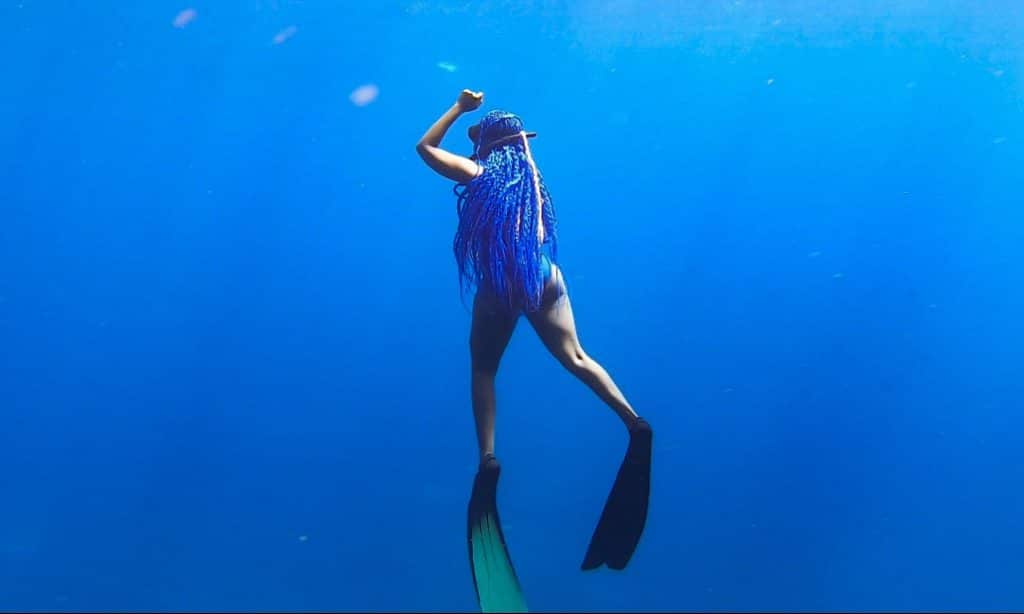
27. Meet Zandile Ndhlovu, the Black Mermaid Dedicated to Decolonizing Ocean Conservation
A project of the United States and Mexico aims to keep albatrosses safe from the rising sea levels that threaten their survival by moving black-footed albatross chicks and eggs from Midway Atoll to higher ground. Translocations are not first-line interventions for saving species, but sometimes, they are the only option. The albatrosses were moved to Guadalupe Island off Mexico’s Baja Peninsula, where the species once nested. After arriving on the island, the eggs and chicks met their foster parents, experienced Laysan albatross pairs. Eighteen Midway eggs hatched in February. The new parents fed and cared for their adopted offspring, but there’s no guarantee the young black-footed albatrosses will learn behaviors specific to their species. Artificially forming a new seabird colony is difficult and has rarely been accomplished. Translocating birds is “a specialized skill,” and the work may offer lessons for projects on other birds.
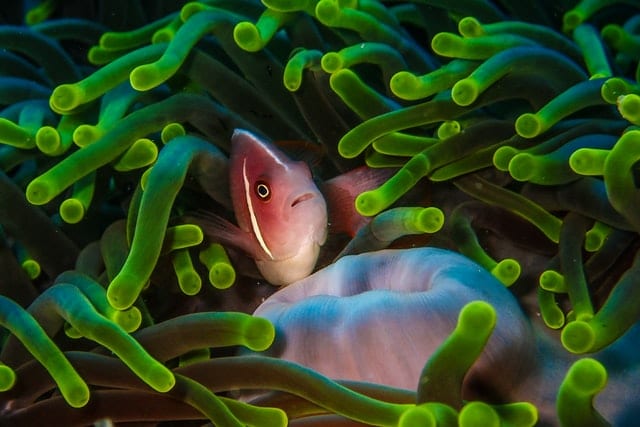
28. Stakeholder Influence and Relationships Inform Engagement Strategies in Marine Conservation
A new study in Ecosystems and People uses social network analysis to gain insight into social elements of marine conservation and opportunities that can help achieve desired outcomes. Using the North West Shelf Flatback Turtle Conservation Program as a case study, the analysis shows that 1) a person’s position in the conservation network is not the best indicator of their leadership potential, 2) peripheral stakeholders are also important for decision-making and future success, 3) mixed-methods can identify additional opportunities to maintain and build trust and influence among stakeholders, and 4) building relationships to support conservation outcomes is accomplished by leveraging stakeholders’ roles in the conservation program. The findings show how social network approaches can help conservation managers and stakeholders strategically build communication and engagement strategies that can be used to achieve desired outcomes.
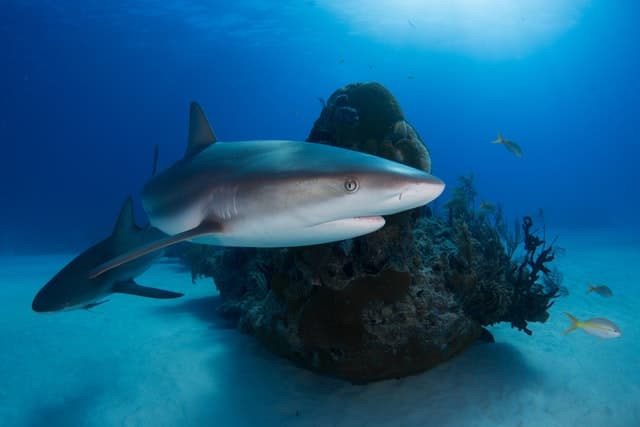
29. Study from Trinity College Dublin Finds Predatory Sharks Gain Speed Advantage From Warm Blood
New research offers answers to a fundamental puzzle that until now had remained unsolved: why are some fish warm-blooded when most are not? Results showed that warm-blooded fishes swim approximately 1.6 times faster than their cold-blooded relatives, but they do not live in broader temperature ranges. The faster swimming speeds of the warm-blooded fishes may give them competitive advantages when it comes to things like predation and migration. The research, therefore, provides some of the first direct evidence of the evolutionary advantage of being warm-blooded as well as underlining that species in this demographic, such as the infamous white shark and the speedy bluefin tuna, are likely just as vulnerable to changing global ocean temperatures as their cold-blooded relatives. Nick Payne of Trinity’s School of Natural Sciences said, “Findings like these are very important as they aid future conservation efforts for these threatened animals.”
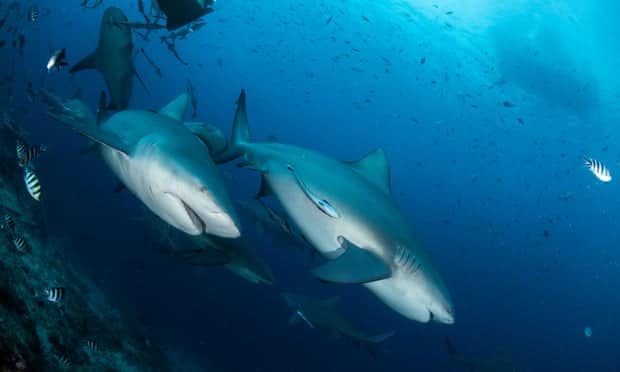
30. Bull Sharks May Form ‘Relationships’ with Each Other, Study Finds
A recently published study from Fiji shows that bull sharks develop companionships, showing preferences for certain individuals and avoiding others. Researchers studied data collected over 3,000 shark dives in Fiji’s Shark Reef Marine Reserve (SRMR). The 91 individual bull sharks studied were distinguishable by external features, such as scars and deformed or missing fins. Researchers looked for patterns of associations between sharks that could be explained by factors other than just pure chance, finding unequivocal evidence for long-term associations. However, the fact the data was collected on dives where feed was used to attract sharks to the dive site should be considered. Researchers also cautioned against over-interpreting their data. “Bull sharks cannot be considered a social species like elephants or chimpanzees. However, it seems that some individuals are capable of developing preferred affinities (and avoidances) with some individuals,” one study author said.
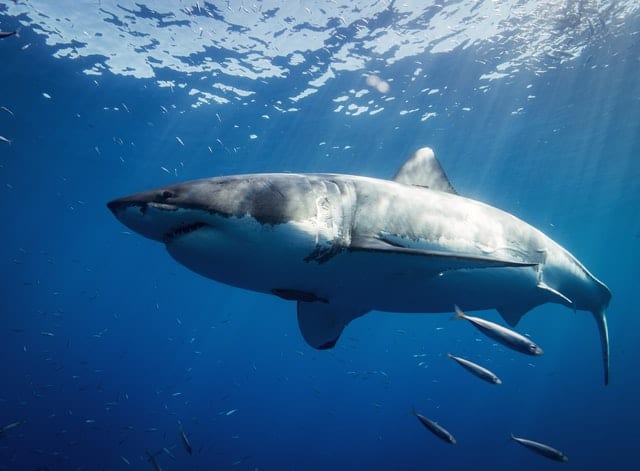
31. Tagged Sharks Start Returning to Nova Scotia’s Waters
As the waters warm up off Nova Scotia’s coastline, great white sharks tagged by OCEARCH are starting to return to the area. Several juvenile females tagged last year have pinged recently: one near the mouth of the Bay of Fundy, another pinging a bit further out in the Gulf of Maine. A sub-adult female named Helena swam south of the Atlantic Coast earlier this month. She was tagged in Hilton Head, South Carolina in 2019 and last pinged on Saturday southeast of Newfoundland in the Grand Banks. The OCEARCH team has had three expeditions in Nova Scotia, tagging a total of 25 sharks. They can be tracked on the group’s website. When each animal is brought on board the group’s vessel, samples of blood and other fluids are taken for research projects to study the biology, physiology, health, and behavior of the white shark population.
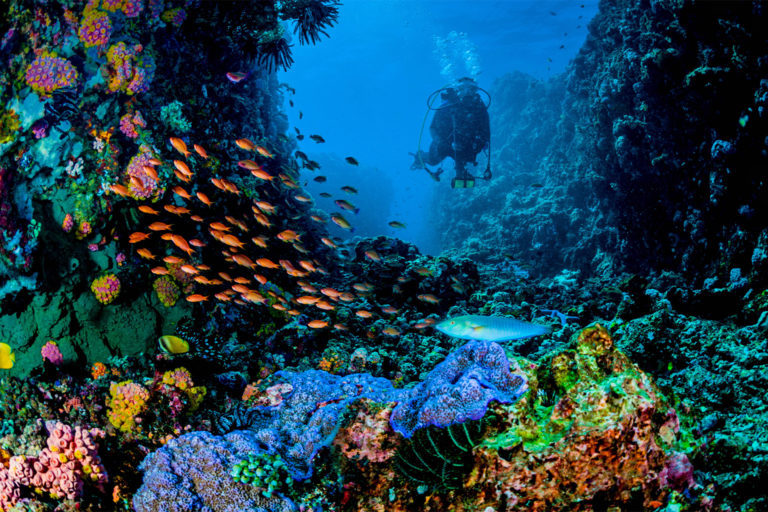
32. Growing Pressures Threaten Philippine Marine Reserves
The Philippines puts its marine protection area (MPA) system at the forefront of its conservation strategy, yet its more than 1,500 MPAs are challenged. Experts estimate that only a third of the country’s MPAs are well-managed, and the collective coverage of no-take zones barely protects the country’s corals. Overfishing in areas surrounding the MPAs, weak monitoring, and conflicting laws and policies all threaten the reserves as well. Experts say strengthening the country’s larger MPA systems, synchronizing conservation with fisheries management policies, adopting newer models, and creating a network of MPAs may help counter the impacts of climate change on marine resources. The country’s current method of MPA management is rooted in communities, which isn’t providing the level of protection necessary to sustain the marine ecosystems. Experts say working across local governments and establishing alliances to improve management may be the best way forward.




